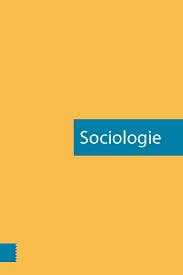Abstract
Community gardens are associated with a variety of societal benefits. They are considered to create social cohesion and contribute to community building. In this paper we show that the communities that are being created or strengthened on such gardens are not singular, but complex and multiple. In our analysis we build on the work of Blokland (2003). We present a specific community garden in the Netherlands, which is being used by three different groups of people. The garden fulfils the function of a meeting space for two of those groups, that way strengthening internal cohesion. However, both groups assign people to categories (‘us’ and ‘them’) on the basis of place of residence, thus strengthening their social identities. Ownership over the garden is both an outcome and a tool in that struggle. This analysis gives insights into the different processes at play – of exclusion and separation on the one hand and of inclusion and rapprochement on the other – when a garden is used by more than one group. We conclude that shared presence does not necessarily lead to bridging social distances.
How to Cite:
Veen, E., Derkzen, P., Bock, B., Visser, A. & Wiskerke, H., (2016) “Eén buurttuin, twee gemeenschappen: een case study”, Sociologie 12(1), 31–65. doi: https://doi.org/10.5117/SOC2016.1.VEEN
Downloads:
Download PDF
View PDF


